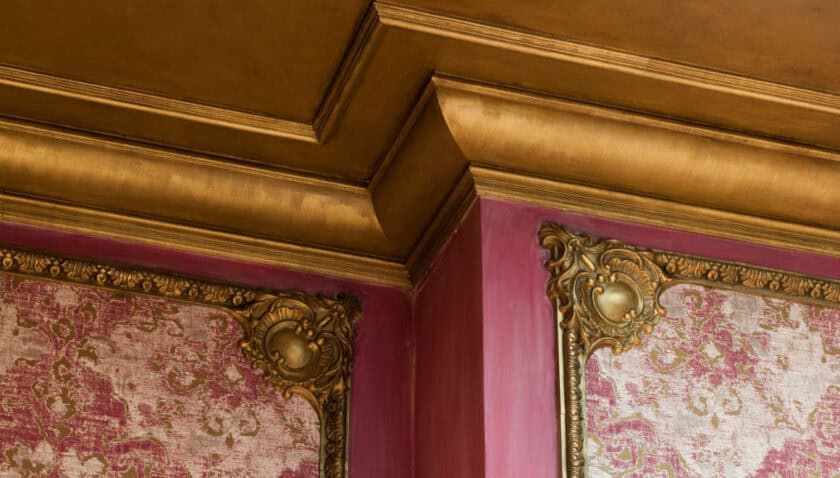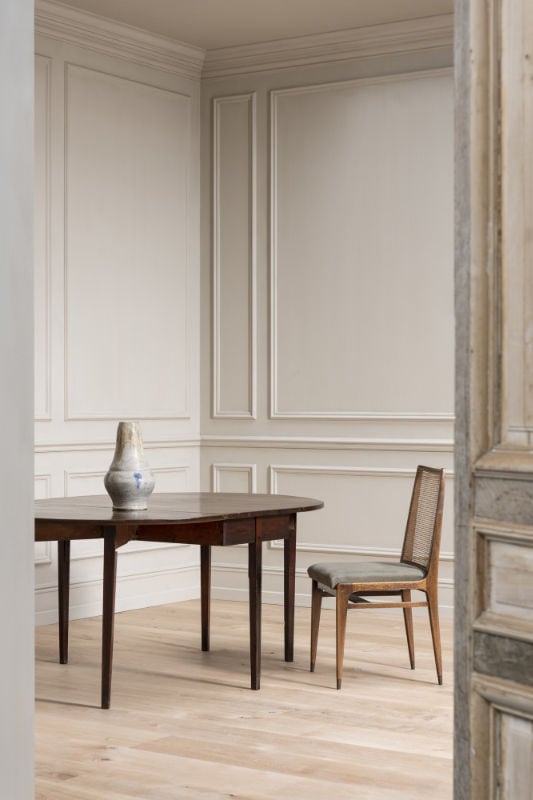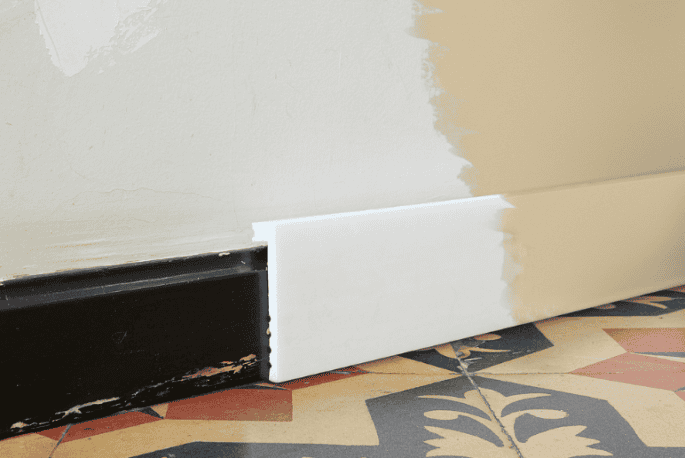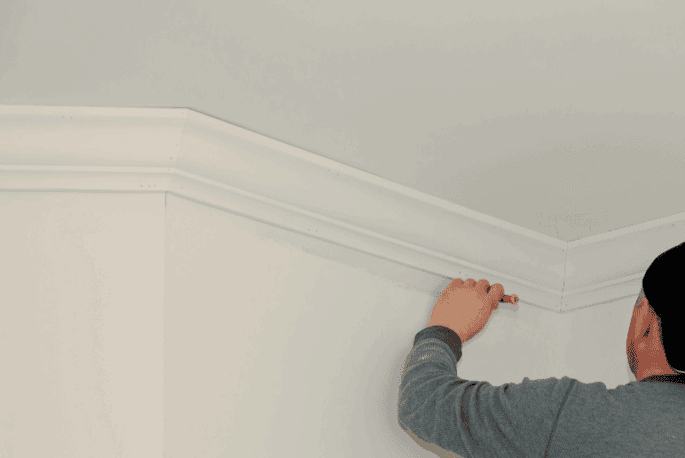Which Coving Material Is Right For You?

Coving is a decorative moulding which is mostly used to distinguish between the wall and ceiling and adds value to any room. But have you ever thought about what it is made from?
Traditionally, Coving and Cornices have been made from Fibrous plaster, but this this has always been challenging to fit and requires skilled labour and takes a long to time to install. Also, it is very fragile and heavy, meaning transport is difficult without having breakages and also means that it chips very easily and absorbs more paint. Ultimately, costing more money to decorate your room. On the other hand, plaster can be made bespoke and formed into virtually anything to create your own design or to match in with existing mouldings.
Another material which is occasionally used is timber, this is often used in traditional homes and like plaster it is heavy and challenging to fit. Also, because it is a natural material, it often warps, bends, flexes meaning joins become visible and unsightly. But also, timber does suffer from the elements such as, rotting, damp and woodworm.
Low grade polymer coving was first introduced in the 1970s and whilst this was lightweight and easy to fit, it did look inferior to plaster because it looked bobbly and didn`t have a neat finish. Fortunately, technology has improved significantly and the low-grade polymer coving today is very lightweight and easy to fit whilst not having any inconsistences in the material and is not bobbly and once painted you couldn`t tell between traditional materials. However, it is not customisable and is not as durable as high-grade polymers. But great if you are on a budget-minded homeowner.
Most products we sell are made from a high-grade polymer, this is more durable than all the other materials above and with most being suitable for external use. It comes in flexible materials, making it the perfect choice if you have curved walls like bay windows. Plus, it looks even better than plaster because it has much more definitive, sharper detail, giving you a crisper finish in your home. Furthermore, all our mouldings come pre-primed and only require a couple of coats of good quality paint to finish off. Meaning that whilst plaster coving maybe less money per metre, if you factor in the extra time to install and the more paint required to finish, it actually works out cheaper whilst giving you a better finish.
| Material | Cost per metre | Durability | Detail of Definition | Customization | Time and Effort to Install |
| Plaster | Medium-Low | Medium-Low | Medium | High | High |
| Low Grade Polymers | Low | Medium-Low | Medium-Low | Low | Low |
| High Grade Polymers | Medium | High | High | Low | Low |
| Wood | Medium-High | Medium-Low | Low | Medium | High |
Cornice and Coving add significant value to your property and is well worth the investment and mostly the cost is covered many times over when selling. Decorative mouldings add a wow factor to any project and with some saying that houses sell three times faster when it is well decorated than those without.
When choosing a cornice for your project, one helpful tip is to consider the size of the room. Generally, the larger the room and the taller the ceilings, the larger the cornice required otherwise it could get lost in the room. And smaller rooms, suit smaller coving. UK Home Interiors has a large range and if you ever need help choosing then please don`t hesitate to contact us.



